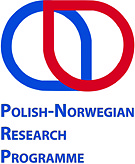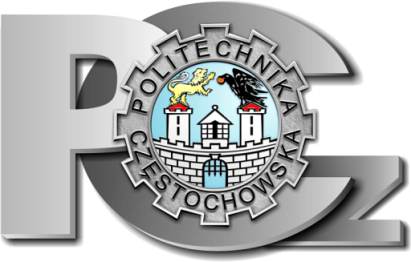
Associate Professor Ph.D.D.Sc.



This project was funded from Norway Grants in the Polish-Norwegian Research Programme operated by the National Centre for Research and Development.
"Investigations of wire drawing processes and determination the areas of application of innovative drawn products made from TRIP steel"


Duration of the project from 2014.04.01 to 2016.03.31
Summary report
Two basic research goals have been assumed in the application, which are related to the analysis of the effect of both drawing process parameters and operation conditions on the amount of transformed retained austenite, and as a consequence, the change in the mechanical properties of wires and wire products.
The primary objective of the project was to carry out the detailed analysis of the influence of variable stresses on the intensity of retained austenite transition into martensite. As a result of the investigation carried out, curves describing the variation in the volumetric fraction of retained austenite of wires for different bending stress values and fatigue cycle levels have been determined.
The investigation results have a practical import, because, e.g., fasteners made of TRIP steel, exposed to variable stresses in service, may undergo additional strain hardening to a varying extent, which will affect their mechanical properties, service life and working safety.
The second objective of the project was to carry out investigation to determine the possibility of using TRIP steel drawing process conducted in a "worm" regime, that is at a temperature close to Md, which would make it possible to inhibit the transition of the retained austenite contained in the structure into martensite.
As a result of warm drawing tests carried out, the temperature at which the inhibition of retained austenite transition is observed has been determined to be 450ºC. However, this process does not occur completely, since a change in the quantity of retained austenite can be noticed as the deformation progresses, but the intensity of the transition decreases. Thus, wire drawn at ambient temperature had approx. 6% retained austenite in its structure, while wire drawn at a temperature of 450ºC, about 12%.
So performed drawing process enabled end-diameter wires to be obtained, which, regardless of considerable strain hardening, had a sufficiently large quantity of retained austenite in their structure, which would allow the TRIP effect to be utilized in the finished product.
The influence of the applied partial reductions scheme on the change in offset yield strength and, consequently, the improvement of the plastic properties has been found.
In view of the above, the both project objectives have been achieved by determining the effect of the variation in stress state and temperature on the properties of finished wires. As a result of the research carried out, the variant of drawing wires with a large retained austenite content of the structure at elevated temperatures of about 450ºC using the large partial reductions regime has been proposed as optimal.
Based on the research results, we are able to obtain new products that are distinguished by high mechanical properties and adequately high ductility. The research will, therefore, provide a basis for the submittal of further applications within research programmes which will result in the implementation of a new technology or product.
In addition to the scientific aspect, the implementation of the project has largely contributed to the widening of the Project Investigator's publication achievements and enabled her to gain experience in managing a research team taking part in carrying out tasks.